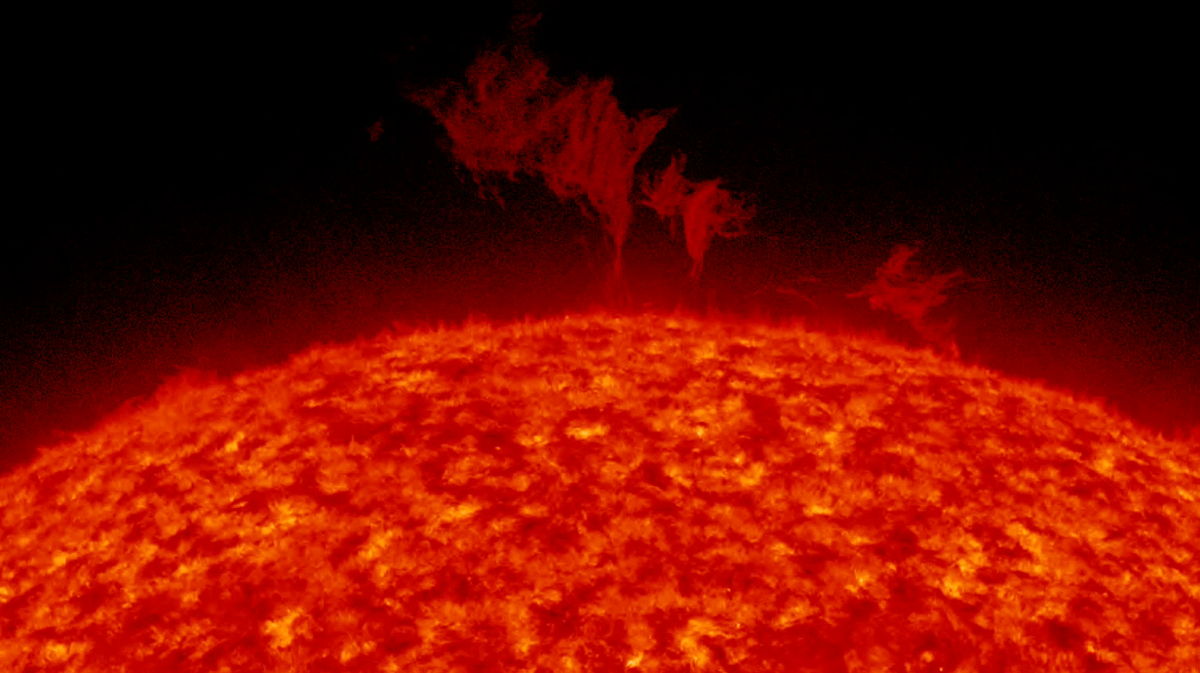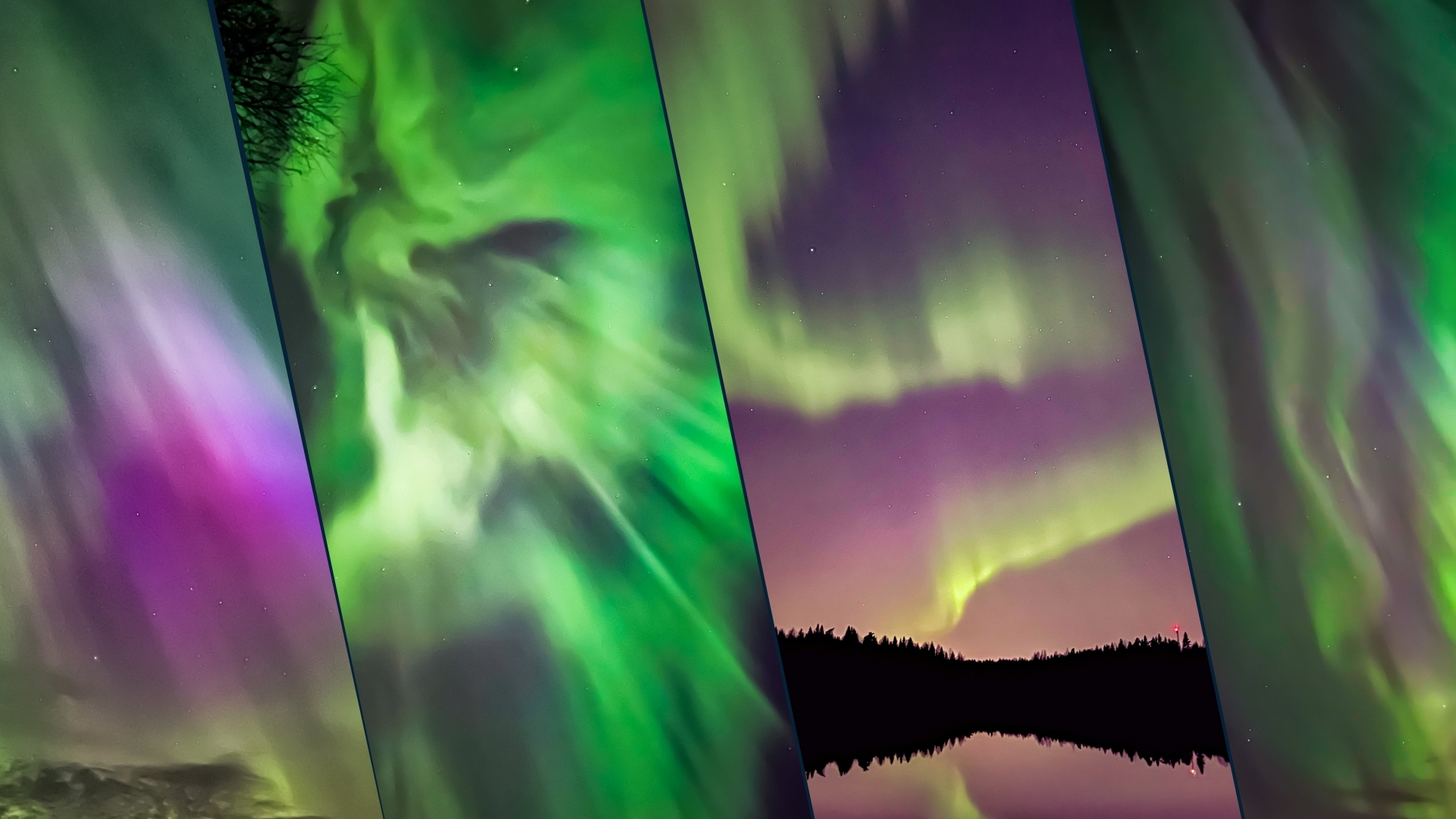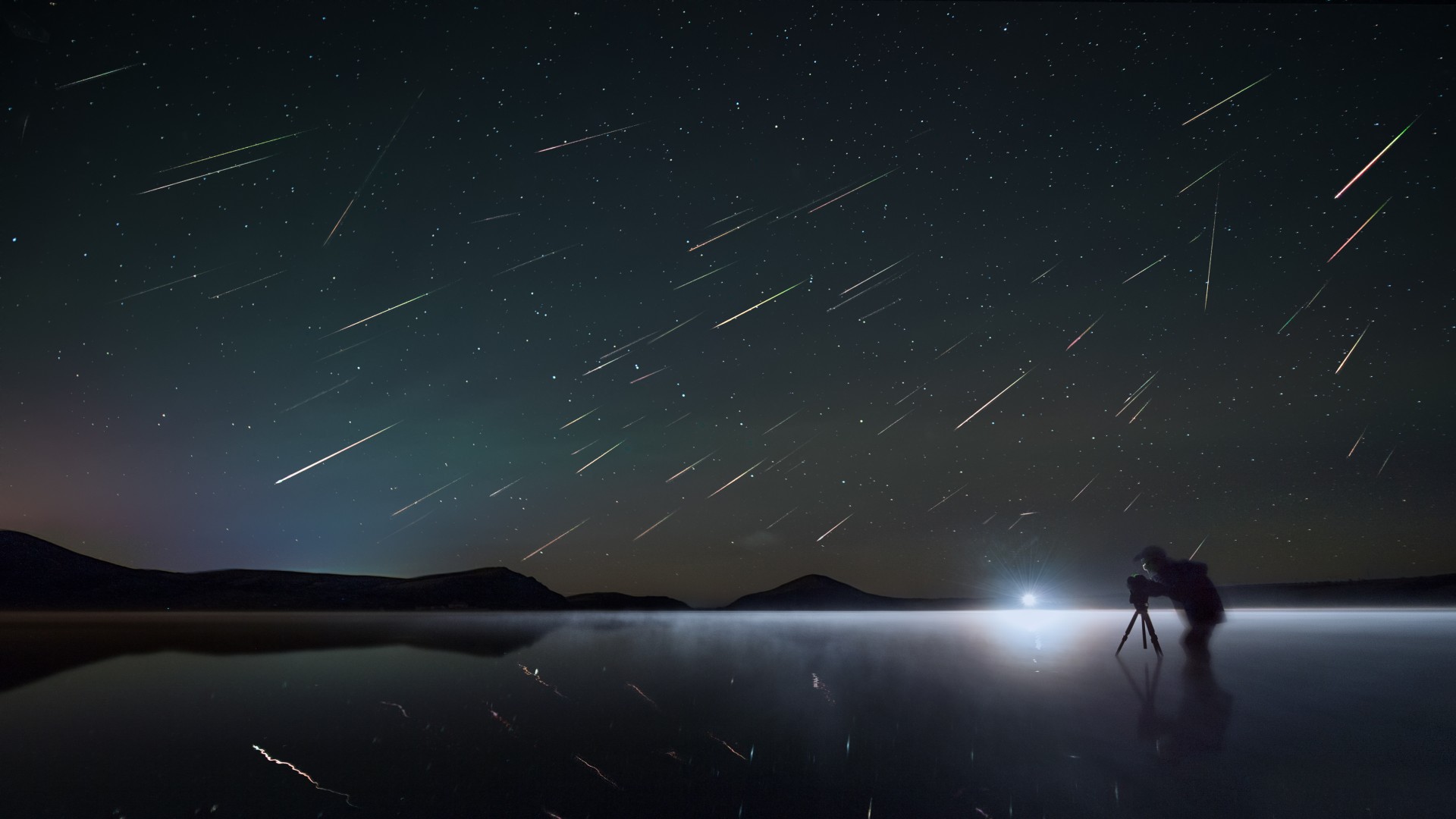'Rehearsal' Dinner: Gala Celebrates Apollo 10 Moon Mission's 50th Anniversary

Fifty years to the day after the "dress rehearsal" for the first moon landing lifted off into history, astronauts and NASA leaders joined patrons at the mission commander's museum to celebrate Apollo 10.
The Stafford Air and Space Museum in Weatherford, Oklahoma hosted the hundreds of guests — including the institution's namesake — for the gala event on Saturday (May 18).
"We call the guy 'the man' around here, Lt. General Tom Stafford. We have to say he's 'the man' because we're sitting in a building with his name on it," said Max Ary, director of the Stafford Air and Space Museum. "You all know Tom. Tom is the string tying every one of us together tonight and he is why we are here."
Related: Here's Three Free Posters to Celebrate NASA's Apollo Anniversaries
Stafford, now 88, launched on May 18, 1969, with crewmates Gene Cernan and John Young on an 8-day flight that did everything the first moon landing mission did, just three months later, less actually landing on the moon.
"I go in first to the left, Gene goes in second to the right and then John Young goes in third — through that hatch," said Stafford, describing his and his two crewmates' boarding order while pointing to actual hatch from the Apollo 10 command module on display beside him.
"It is bittersweet to say that Tom is the only surviving crewmember of Apollo 10. We have lost John and Gene," said Ary, citing the deaths of Cernan in 2017 and Young in 2018. Ary also noted that Cernan's first wife Barbara and daughter Tracy were in attendance.
Get the Space.com Newsletter
Breaking space news, the latest updates on rocket launches, skywatching events and more!
"Stafford, Cernan and Young were on their way [50 years ago] to becoming only the second crew to leave the gravitational pull of Earth and go out to our nearest neighbor, the moon," said Ary.
Also participating in the evening were several of Stafford's fellow astronauts who contributed to the Apollo 10 mission from the ground.
"One thing I would like to mention," said Stafford, "is that we had some great support crewmembers. We had Joe Engle, Charlie Duke and Jack Lousma, who are here tonight. And we had one other, Bruce McCandless, who is unfortunately no longer with us."
"We had a great support crew and I cannot thank you guys enough," said Stafford.
The evening, said Ary, was about more than just Apollo 10, given who was there.
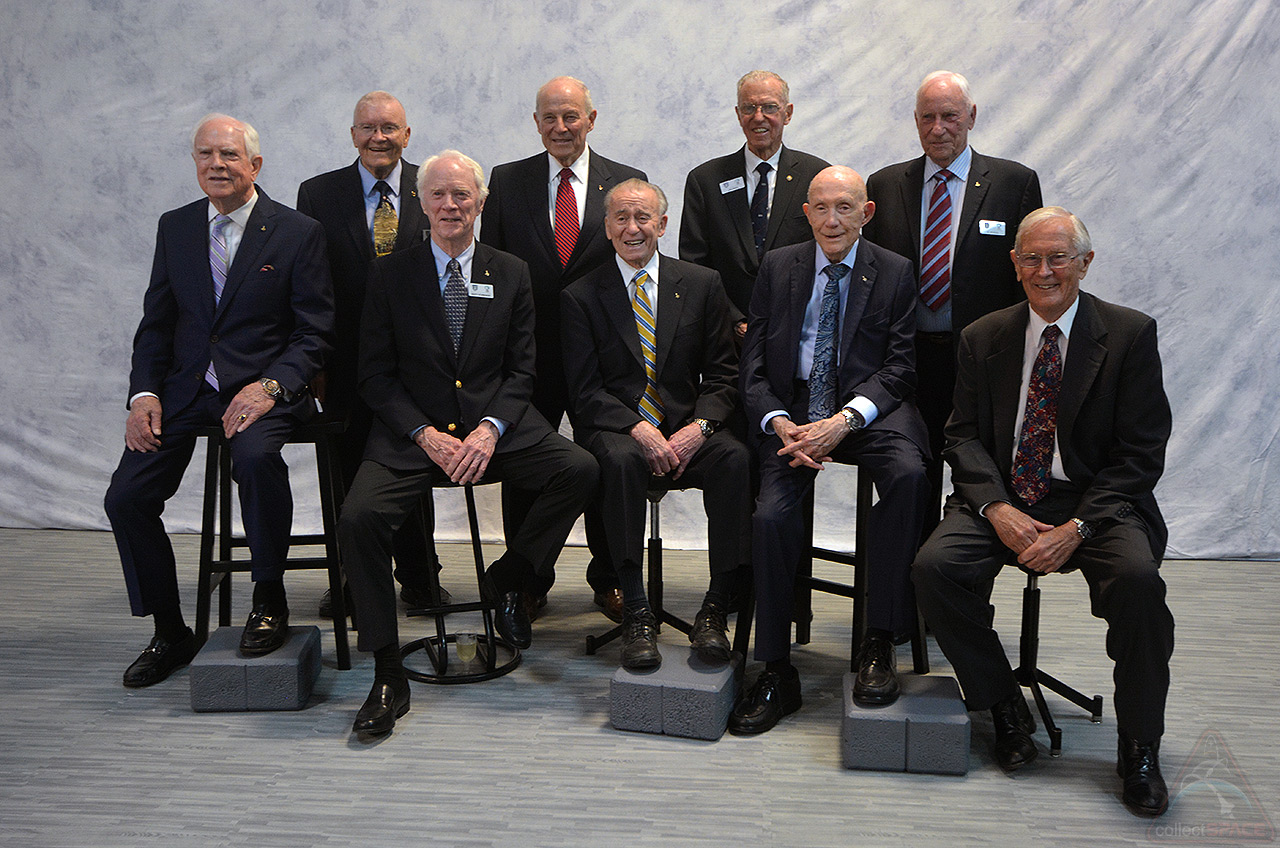
"There were 15 manned missions that used an Apollo spacecraft between 1968 and 1975. Of those 15 missions, we have in attendance tonight the prime or backup crew members from every one of those flights except Skylab 4," he said.
Other astronauts who came out to celebrate included Apollo 7 pilot Walt Cunningham, Apollo 15 crewmates David Scott and Al Worden, Apollo 13 lunar module pilot Fred Haise and space shuttle mission specialist John Herrington.
Former Johnson Space Center director George Abbey, former NASA Administrator (and current Under Secretary of Defense for Research and Engineering) Michael Griffin and the current head of NASA, Jim Bridenstine, were also in Weatherford.
"Apollo 10 is a significant milestone in our nation's history," said Bridenstine.
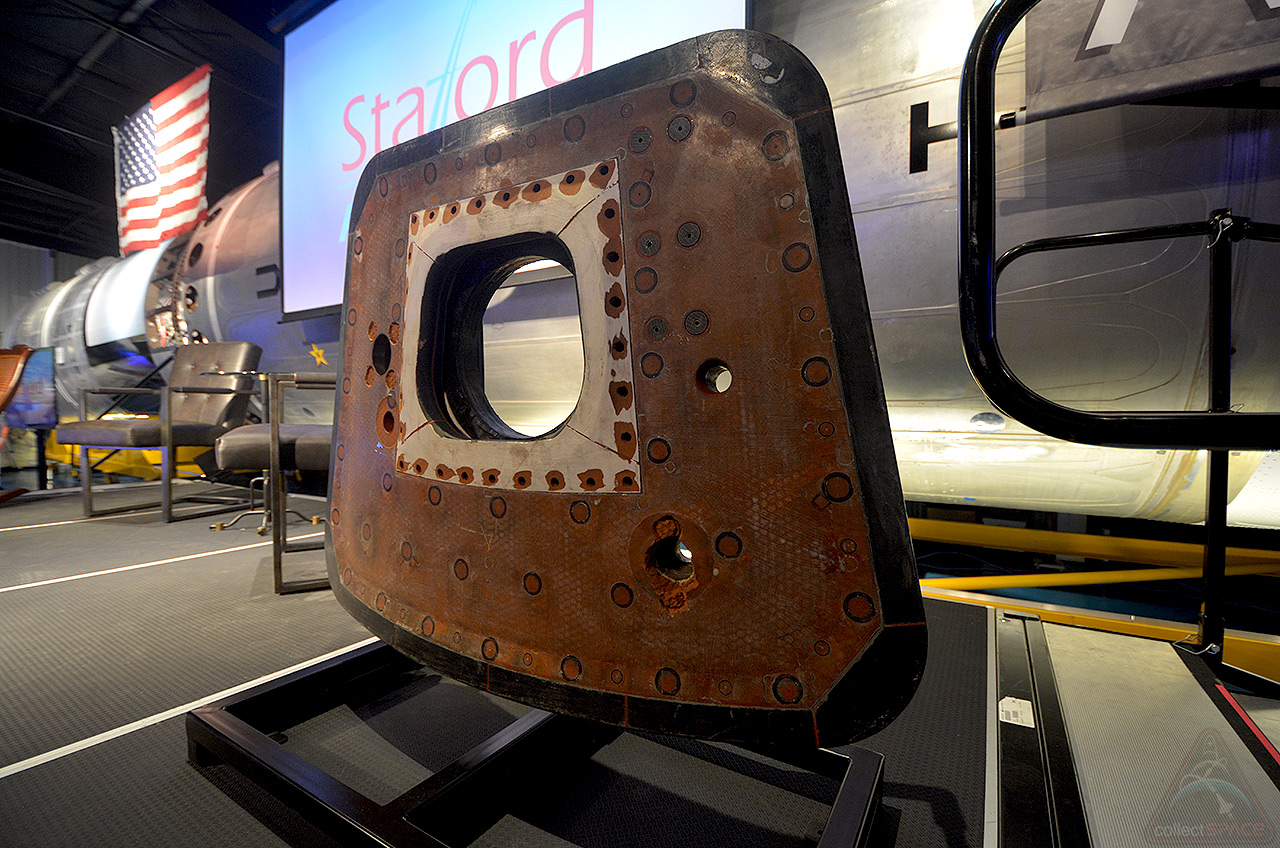
That significance, he said, was underscored by how close the mission came to disaster. After leaving Young orbiting the moon alone in the command module "Charlie Brown," Stafford and Cernan took their lunar module, "Snoopy," down to just about 8 miles (16 kilometers) above the lunar surface.
Stafford and Cernan surveyed the Sea of Tranquility, the planned landing site for Apollo 11, before executing an abort to return to the command module.
"But there was a misconfiguration in the cockpit and ultimately that abort got un-aborted and the [lunar module ascent stage] went out of control," Bridenstine explained. "So they were 8 miles above the surface of the moon and the ascent module is out of control and Gene Cernan said as they tumbled, he saw the horizon of the moon go by [his window] eight times."
An experienced test pilot, Stafford was fortunately able to quickly reconfigure the controls and manually regain stability, letting the mission continue as planned.
"A lot of people don't realize, but assessments were done after that and if that spacecraft had tumbled two more times, it would have been unsalvageable," said Bridenstine. "We would have lost Apollo 10. And if you lost Apollo 10, there would have been no Apollo 11. And if we lost Apollo 11, we don't end up as the first nation on the surface of the moon."
But as history records and Saturday night's gala commemorated, Apollo 10 was successful. It even set a few more records before returning safely home.
Stafford, as the last surviving crewmember, is today the fastest human alive. He, Cernan and Young were accelerated to a record speed of 24,791 miles per hour (39,897 kilometers per hour) on their plunge back to Earth.
They were also the most experienced Apollo crew, with five previous spaceflights between them, and they earned an Emmy for their television work.
"It was the first time you ever saw color TV [from space] and that dynamic lens was in high resolution — high resolution for those days," said Stafford.
To close out the evening, the museum gifted attendees with framed and mounted fragments of Kapton multi-layer insulation that was removed from the exterior of Apollo 10's lunar module during a pre-launch repair. They are among the last few existing pieces of "Snoopy" still on Earth.
"May this celebration tonight help us remember what our great nation is capable of doing when it simply puts its hearts and minds towards a common goal," said Ary. "I think if there is anything we can learn from Apollo, that is it."
Click through to collectSPACE to see the lunar module "Snoopy" artifact gifted to the Apollo 10 gala attendees.
- NASA's 17 Apollo Moon Missions in Pictures
- Snoopy to the Moon! Apollo 10 Commander Looks Back on Historic Flight 50 Years Ago
- Lunar Legacy: 45 Apollo Moon Mission Photos
Follow collectSPACE.com on Facebook and on Twitter at @collectSPACE. Copyright 2019 collectSPACE.com. All rights reserved.
Join our Space Forums to keep talking space on the latest missions, night sky and more! And if you have a news tip, correction or comment, let us know at: community@space.com.

Robert Pearlman is a space historian, journalist and the founder and editor of collectSPACE.com, a daily news publication and community devoted to space history with a particular focus on how and where space exploration intersects with pop culture. Pearlman is also a contributing writer for Space.com and co-author of "Space Stations: The Art, Science, and Reality of Working in Space” published by Smithsonian Books in 2018.In 2009, he was inducted into the U.S. Space Camp Hall of Fame in Huntsville, Alabama. In 2021, he was honored by the American Astronautical Society with the Ordway Award for Sustained Excellence in Spaceflight History. In 2023, the National Space Club Florida Committee recognized Pearlman with the Kolcum News and Communications Award for excellence in telling the space story along the Space Coast and throughout the world.








